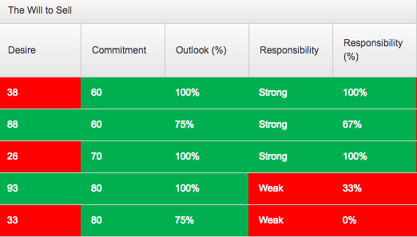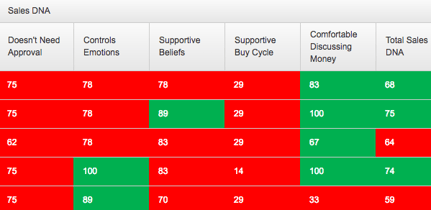If you consider the tactics that are generally covered in sales skills training, you can probably think of a handful of happenings that can steal, or make you lose, your prospect.
In this blog, we will discuss the top 4 situations you may encounter that will cause you to wonder; "where are you, prospect?"

From the year it first appeared in 1966 until now, “How The Grinch Stole Christmas” has remained a holiday classic. Narrated by Boris Karloff, it contains so many scenes that quickly rush to my mind. Who can forget the scene of the Grinch talking with Cindy Lou Who…or the scene where the Grinch turns his dog, Max, into a reindeer?
But let’s talk about another grinch – and this one is much meaner. I’m talking about the one that steals your prospect. You know – the prospect you were chasing that you were sure you were going to win right up until the point that you didn’t. If you consider the tactics that are generally covered in sales skills training, you can probably think of a handful of happenings that can steal, or make you lose, your prospect.
I think there are four different types of grinches that steal your prospect:
- Lack of compelling reasons to make a change. This surfaces when your prospect has no pain/compelling reason to make a change, but you decided to pursue the opportunity anyway.
- Lack of capacity. This comes to you when you do establish a compelling reason for the prospect to make a change, but you fail to ask them about the timing of such a change. It only appears after the presentation when your calls or emails are not being returned because the prospect isn’t ready to make the change.
- The incumbent. This shows up when you fail to drill down into two things: 1) the reason why the prospect will leave the incumbent and 2) what they will tell the incumbent when they make the change. Changing providers is a big decision. Probably the toughest decision the prospect will ever have to make.
- Not receiving a decision (within a mutually agreed-upon timeframe) after you present your solution. Why does this happen? Because you did not get them to agree to make a decision. You simply presented without any kind of upfront agreement.
So, to all of you faithful readers of this blog: could the actual grinch who stole your prospect be you? Think about it…and Happy Holidays to all of you along with wishes of peace in the New Year.







